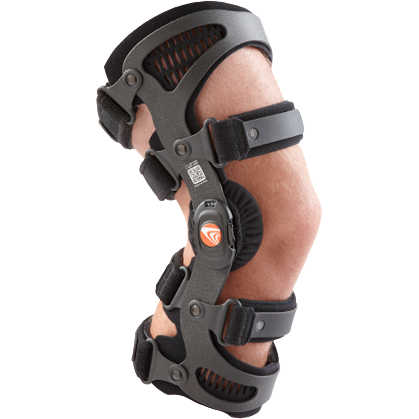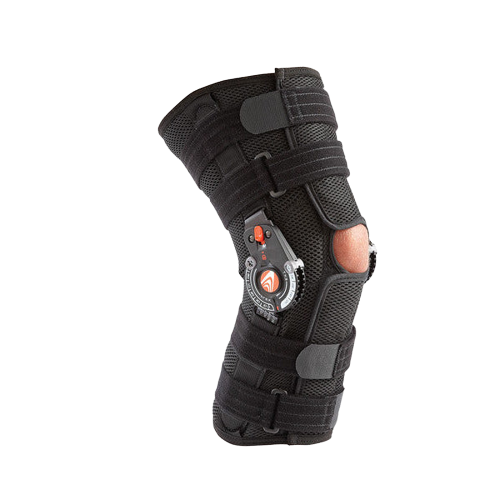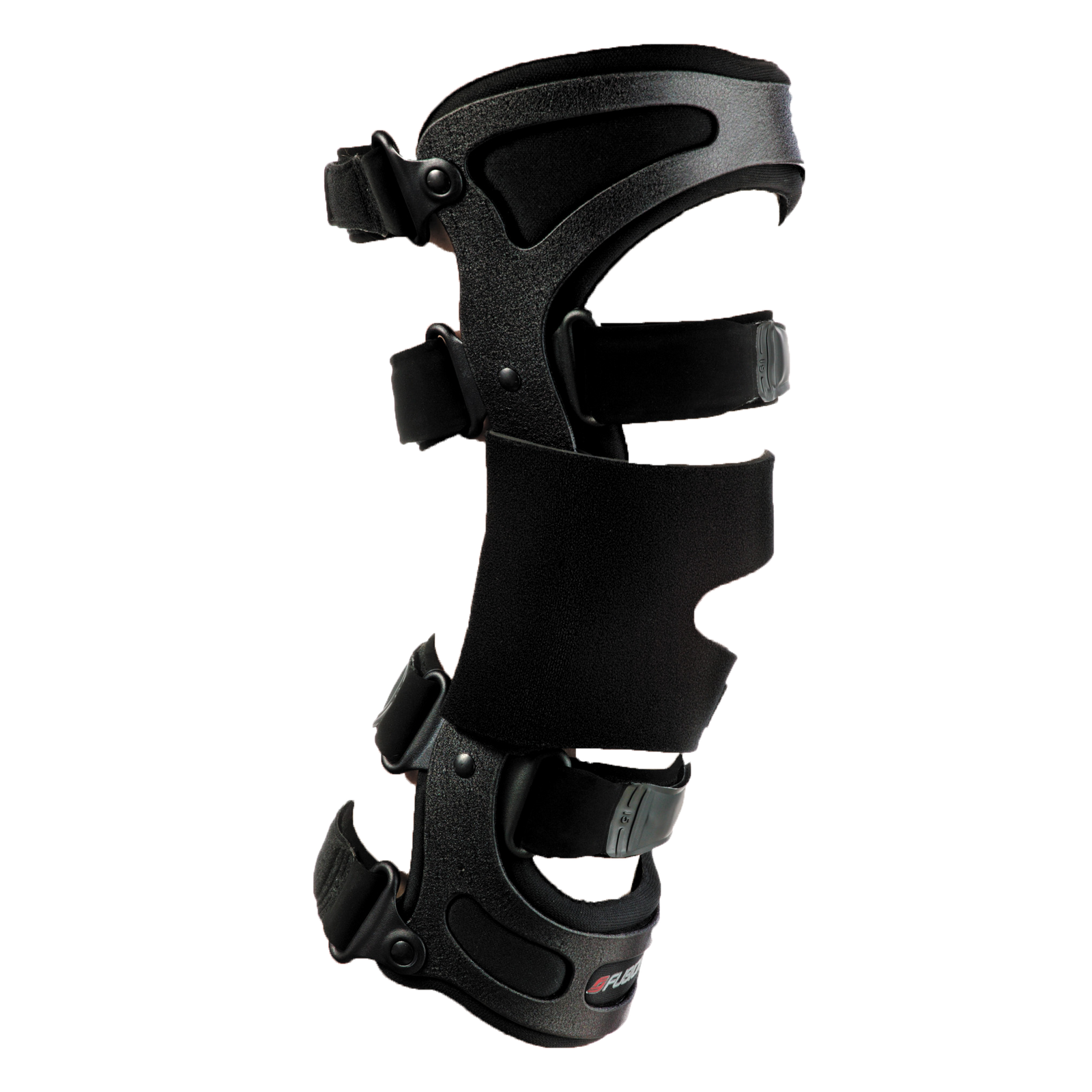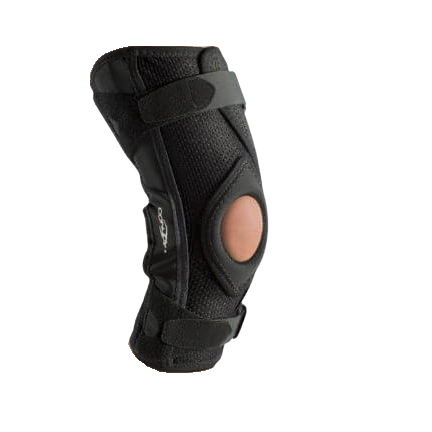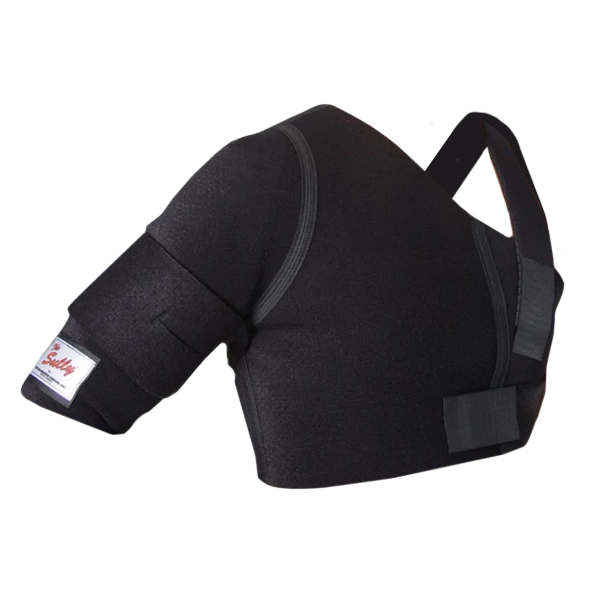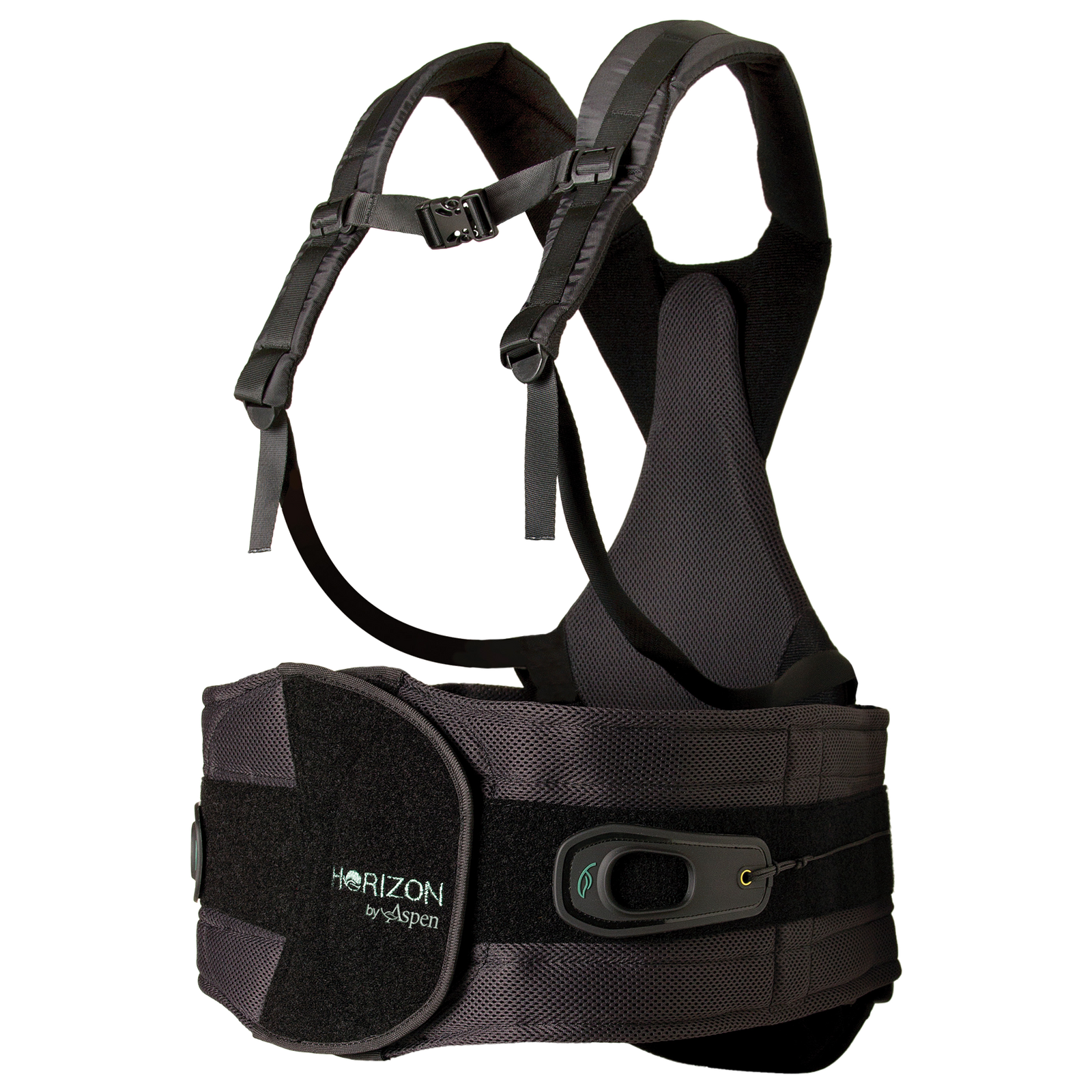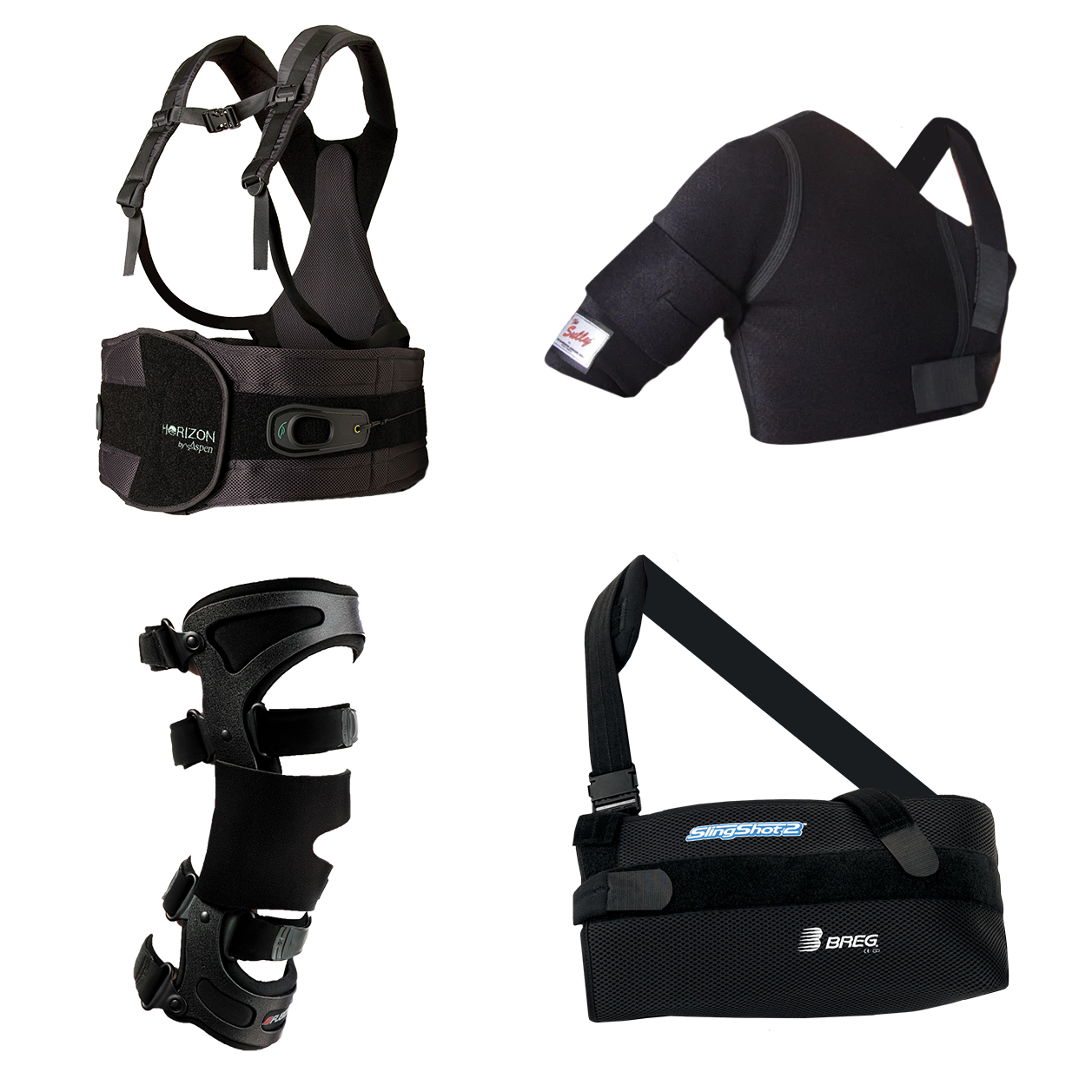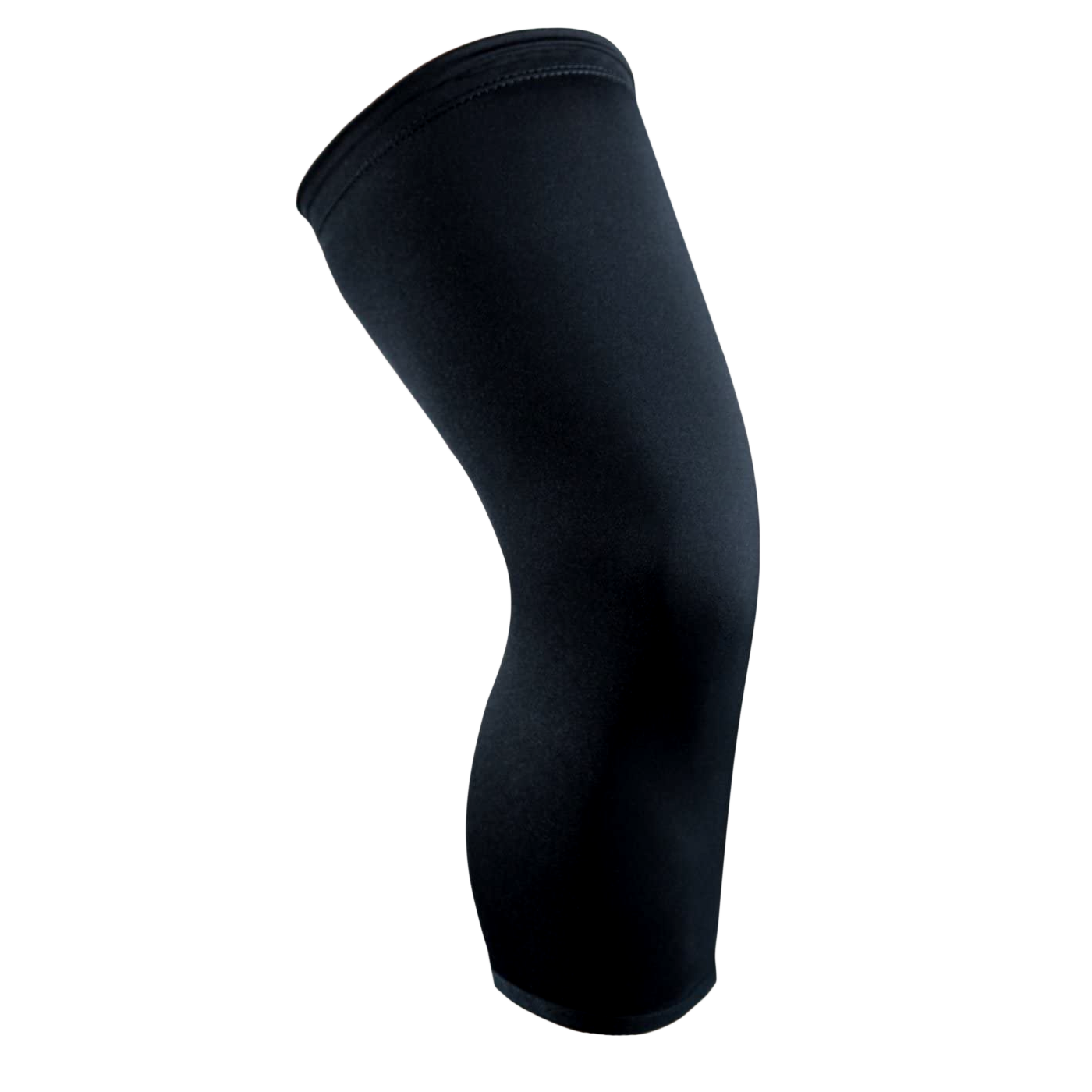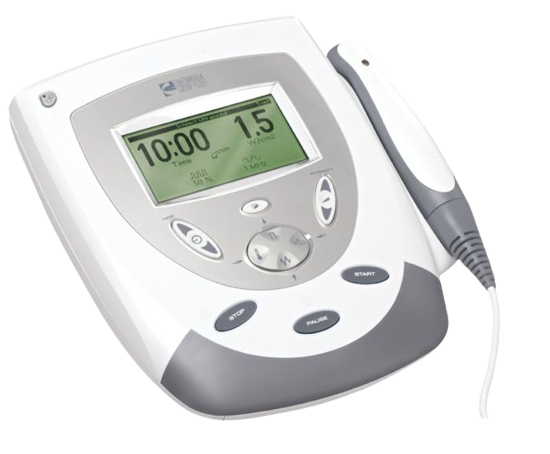
|
Definition: Partial knee replacement, also called unicompartmental knee arthroplasty (UKA) or unicondylar knee replacement, is a surgical procedure that replaces only the damaged part of the knee joint rather than the entire joint. It is typically performed when knee damage or arthritis is confined to one compartment of the knee, such as the medial (inside), lateral (outside), or patellofemoral (kneecap) compartment. Science: The goal of partial knee replacement is to preserve the healthy parts of the knee, including the anterior cruciate ligament (ACL), which is often removed in total knee replacement. Preserving the ACL and other healthy structures helps maintain the knee’s natural stability and motion, making it feel more “normal” after surgery. The procedure involves removing the damaged cartilage and bone from the affected area and replacing it with a prosthetic component. This component is often secured with bone cement or via a cementless fixation method. Examples in Action:
Fun Fact: Many patients experience significant pain reduction and improved function after partial knee replacement, often walking unassisted within 3 to 4 weeks post-surgery. |
Key Takeaways
- Understanding Partial vs. Total Knee Replacement: Partial knee replacement targets only the damaged compartment, while total knee replacement addresses the entire knee joint, making it essential to evaluate the extent of knee damage before deciding on the appropriate procedure.
- Benefits of Partial Knee Replacement: Patients opting for partial knee replacement can expect faster recovery, less post-operative pain, improved knee function, and a reduced hospital stay compared to total knee replacements.
- Ideal Candidates for Surgery: The best candidates for partial knee replacement typically have localized osteoarthritis in one compartment of the knee, stable ligaments, and a reasonable range of motion, making it crucial for patients to assess their conditions before surgery.
A partial knee replacement, called unicompartmental knee arthroplasty, is a surgical procedure designed for patients with limited knee arthritis. Unlike a total knee replacement, which requires replacing all the knee joint surfaces, a partial knee replacement targets only the specific part of the knee damaged by arthritis. This procedure is an effective solution for those experiencing pain and reduced mobility but whose condition is confined to one area of the knee.
The knee comprises three main compartments: the medial (inner), lateral (outer), and patellofemoral (front of the knee). In a partial knee replacement, only the affected compartment is replaced with prosthetic components, leaving the healthy parts of the knee and the surrounding ligaments intact. This selective approach can result in a more natural knee movement post-surgery, a quicker recovery, and a shorter hospital stay compared to a total knee replacement.
Candidates for a partial knee replacement are typically those who have osteoarthritis confined to a single compartment and intact ligaments, especially the anterior cruciate ligament. This procedure is best suited for patients who are seeking to improve their quality of life through reduced pain and enhanced mobility yet do not require the extensive intervention of a total knee replacement.
Understanding The Difference: Partial vs. Total Knee Replacement
Understanding your options is crucial when facing knee surgery. Two common procedures are Partial Knee Replacement and Total Knee Replacement, each tailored to different needs and conditions. This distinction is vital for patients and their recovery journey.
Partial Knee Replacement
Partial Knee Replacement focuses only on the damaged portion of the knee. Unlike total knee replacement, which replaces the knee's entire surface, partial knee replacement targets either the medial (inside), lateral (outside), or patellofemoral (front) part of the knee. This procedure is ideal for patients whose damage is confined to a specific area of the knee, allowing the surgeon to preserve as much of the natural knee structure as possible. The benefits of this targeted approach include a potentially shorter recovery time, less pain post-surgery, and a more natural feeling in the knee.
Total Knee Replacement
On the other hand, Total Knee Replacement involves removing and replacing the entire knee joint's damaged surfaces with artificial components. This procedure is generally recommended for patients with severe arthritis or damage affecting more than one knee compartment. Total knee replacement can provide comprehensive relief and improved function for those with extensive knee damage but typically involves a longer recovery period and more significant rehabilitation.
Why Choose A Partial Knee Replacement? Key Benefits Explained
When facing knee surgery due to arthritis or injury, it's essential to understand the options available. Among these choices, a partial knee replacement stands out for many patients due to its key benefits, distinct from a full knee replacement. This option might offer a preferable path to recovery, especially when your condition allows it.
Tailored To Your Needs
A partial knee replacement targets only the damaged knee section, leaving the healthy parts intact. This targeted approach means the surgery is less invasive, preserves more of your knee's natural structure, and offers a more personalized treatment plan. This can result in a more natural feeling in the knee post-surgery.
Faster Recovery Time
One notable advantage of a partial knee replacement is the generally faster recovery time than a total knee replacement. With less trauma to the knee and surrounding tissues, patients often experience reduced pain after surgery and can return to their daily activities more quickly.
Improved Functional Outcomes
Patients who undergo a partial knee replacement commonly report improved functional outcomes. Preserving the knee's natural anatomy allows for a more significant range of motion and strength, providing an overall better quality of life. This procedure aims not just to alleviate pain but to restore function, letting patients engage in activities they love with less discomfort.
Reduced Hospital Stay
The less invasive nature of a partial knee replacement often translates to a shorter hospital stay. This has implications for reducing healthcare costs and minimizing the risk of hospital-acquired infections. A swift transition from hospital to home care, where recovery can continue in the comfort of one's environment, is a significant benefit for many patients.
Prolonged Joint Preservation
Opting for a partial knee replacement can be seen as an investment in your knee's future health. Addressing only the damaged part can help prolong the lifespan of the natural joint, potentially delaying or eliminating the need for a full knee replacement down the line.
What To Expect During A Partial Knee Replacement Procedure
Understanding what to expect during this procedure can help alleviate concerns and prepare you for a successful recovery.
Pre-Surgery Evaluation
Before the procedure, you will thoroughly evaluate to ensure you are a good candidate for a partial knee replacement. This typically involves a physical examination, X-rays, and possibly MRI scans to assess the extent of knee damage and to determine which compartment of your knee is affected.
The Procedure
On the day of surgery, you'll be administered anesthesia for your comfort. The type of anesthesia will be decided based on your health, the extent of the procedure, and your surgeon's recommendations. The surgeon will then make a small incision over the affected knee compartment, typically 3 to 5 inches.
Using specialized instruments, the damaged portions of your knee joint will be carefully removed. These are then replaced with metal and plastic components that mimic the function of a healthy knee. The goal is to ensure you can move your knee smoothly and without pain.
Immediate Post-Operative Care
Immediately following the procedure, you'll be taken to a recovery area where your health and the initial function of your knee will be monitored. Pain management is a critical aspect of immediate post-operative care. Your medical team will work with you to ensure you're as comfortable as possible while starting you on the path to recovery.
Recovery And Rehabilitation
Recovery from a partial knee replacement generally involves less pain and quicker rehabilitation than a total knee replacement. Most patients can expect to spend a few days in the hospital before being discharged with specific instructions for care at home.
Rehabilitation is crucial for a successful recovery. It typically starts the day after surgery and may include a combination of physical therapy, exercises, and support aids to help strengthen your knee and restore mobility.
How Long Does A Partial Knee Replacement Last? Longevity And Maintenance
A partial knee replacement, a significant yet less invasive alternative to total knee replacement, offers patients the possibility of improved mobility and a reduction in chronic knee pain. This procedure targets and replaces only the damaged knee compartment, leaving the healthy parts untouched. Given its nature, one of the most common questions among patients is regarding the longevity of the implant and what maintenance looks like post-surgery.
Longevity Of Partial Knee Replacement
The durability of a partial knee replacement largely depends on various factors, including the patient’s activity level, weight, and the technology used in the implant. On average, modern partial knee replacements are designed to last 10-15 years or longer.
Advances in surgical techniques and prosthetic design have significantly improved over the years, enhancing the lifespan of these replacements. Surgeons now use highly durable materials that wear down less over time, ensuring the longevity of the partial knee replacement.
Factors Influencing Longevity
Several factors influence the longevity of a partial knee replacement:
- Patient Activity: High-impact activities tend to increase the wear and tear on the implant, potentially reducing its lifespan.
- Weight: Higher body weight can exert additional pressure on the knee joint, affecting the durability of the replacement.
- Technology and Material: The quality of the implant and technological advancements play crucial roles in its lifespan.
Maintenance Post-Surgery
Maintaining the health of your partial knee replacement involves regular check-ups with your healthcare provider and adhering to a personalized recovery and strengthening program. Physical therapy is a crucial component of the recovery process, helping to restore mobility and strengthen the muscles around the knee. Furthermore, managing your weight, avoiding high-impact activities, and following your orthopedic surgeon's advice can help extend the life of your partial knee replacement.
Managing post-surgical pain and swelling is equally important for a successful recovery and maintaining your knee implant. Although often overlooked, cold therapy plays a vital role in reducing inflammation and providing pain relief.
Potential Risks And Complications
When considering a partial knee replacement, it's critical to be informed about the potential risks and complications associated with the procedure. While this type of surgery has become increasingly successful, understanding the risks can help in making an informed decision and preparing for a smooth recovery.
Surgical Risks
Like any surgical procedure, partial knee replacements come with inherent risks, including:
- Infection: Though rare, infection can occur at the surgery site or within the deeper parts of the joint. Rigorous sterile techniques and post-operative care minimize this risk.
- Blood Clots: The inactivity following surgery could lead to the formation of blood clots in the veins, particularly in the legs. Preventative measures include blood-thinning medications and encouraging movement soon after surgery.
- Anesthetic Complications: Reactions to anesthesia, while uncommon, can occur and range from minor issues like nausea to more severe, albeit rare, complications.
Post-Operative Complications
In addition to immediate surgical risks, there are several post-operative concerns to be aware of:
- Implant Problems: Although modern implants are designed for durability, there's always a possibility of wear or loosening over time, potentially necessitating revision surgery.
-
Persistent Pain: Some patients may experience continued pain in the knee after the
procedure. This could be due to a variety of factors including implant positioning, nerve damage, or other underlying conditions. - Limited Range of Motion: Achieving full range of motion post-surgery depends on several factors, including the extent of damage prior to surgery, the patient's adherence to rehabilitation exercises, and the natural healing process.
Long-Term Considerations
While a partial knee replacement is designed to last many years, it's important to understand that an implant's longevity can be influenced by a patient's activity level, weight, and overall health. Regular follow-ups with your orthopedic surgeon are essential to monitor the condition of the implant and to address any concerns promptly.
Final Thoughts
A partial knee replacement can significantly enhance the quality of life for those struggling with localized knee arthritis. By focusing solely on the affected area, this less invasive procedure not only preserves the surrounding healthy tissue but also offers quicker recovery times and improved functional outcomes. Understanding your surgical options, including the benefits of a partial knee replacement versus a total knee replacement, can empower you to make informed decisions that align with your health needs and lifestyle. As with any medical procedure, discussing your specific situation with a qualified orthopedic surgeon is crucial to determine the best path forward.
Elevate your recovery journey with OrthoBracing. Our premium knee braces offer unparalleled support and stability, accelerating your healing process. Combined with our cutting-edge cold therapy machines, you can effectively reduce pain, inflammation, and swelling, optimizing your recovery time. Don't settle for less. Choose OrthoBracing for a comprehensive solution that empowers you to regain strength, mobility, and confidence.
Read also:
- How To Use An Ice Machine For Knee: Step-By-Step Guide
- Best Ice Machine For Knee
- Best Knee Rehab Exercises For Strength And Flexibility
Frequently Asked Questions About Partial Knee Replacement
Can a partial knee replacement become a total knee replacement later?
Yes, a partial knee replacement can be converted into a total knee replacement later if necessary. This might occur if arthritis develops in the parts of the knee that were not replaced initially or if the original implant wears down or fails. However, many patients find that a partial knee replacement alleviates their pain and restores function without progressing to a total knee replacement.
Are there age limits for partial knee replacement surgery?
There are no strict age limits for partial knee replacement surgery. The primary considerations are the condition of the patient's knee, their overall health, and how well they are expected to recover from the procedure. If they meet the surgical criteria, both younger and older adults can be candidates for a partial knee replacement.
How do I know if I need a partial or total knee replacement?
The decision between a partial and total knee replacement is based on the extent of damage to your knee. If only one compartment of your knee is severely affected by arthritis or injury, a partial knee replacement may be recommended. A total knee replacement might be necessary if two or more compartments are significantly damaged. Your orthopedic surgeon will evaluate your knee's condition and discuss the best option for your specific situation.
What activities can I do after a partial knee replacement?
After a partial knee replacement, patients are generally encouraged to engage in low-impact activities to maintain their health and mobility. These activities might include walking, swimming, cycling, and other aerobic exercises that do not place excessive stress on the knee joint. High-impact activities such as running, jumping, or heavy lifting may be discouraged to protect the integrity of the implant.
When can I return to work after a partial knee replacement?
The timeline for returning to work after a partial knee replacement depends on the nature of your job and how well you recover from the surgery. If your job is not physically demanding, you might be able to return to work within 4 to 6 weeks. However, if your job requires heavy lifting, prolonged standing, or other strenuous activities, it may take longer before you can safely return to these duties.
Will I need physical therapy after a partial knee replacement?
Yes, physical therapy is crucial to the recovery process after a partial knee replacement. It helps restore your knee's strength, range of motion, and functionality. Your physical therapist will tailor a rehabilitation program to suit your individual needs, helping you achieve the best possible outcome from your surgery.


